Here are the most common issues we see.
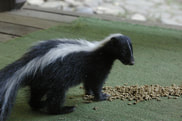
Skunks also carry diseases such as Leptospirosis, Canine Distemper and Hepatitis.
Skunks and Rabies: Skunks are the primary carriers of rabies in the west. Rabies is usually fatal to humans and pets unless treated immediately. If you suspect that a skunk may have rabies, do not approach it - call animal control immediately for assistance. There are two forms of rabies in skunks: the "furious" form, where skunks become aggressive, and the "dumb" form where they become unfazed by human presence. Some other signs of rabies in skunks to look out for include activity during the daytime, an unsteady or disoriented gait, drooling, and/or foaming at the mouth.
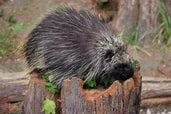


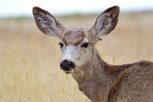
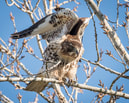
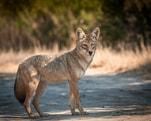

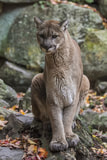
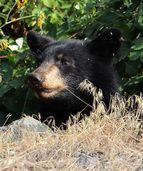
 RSS Feed
RSS Feed
